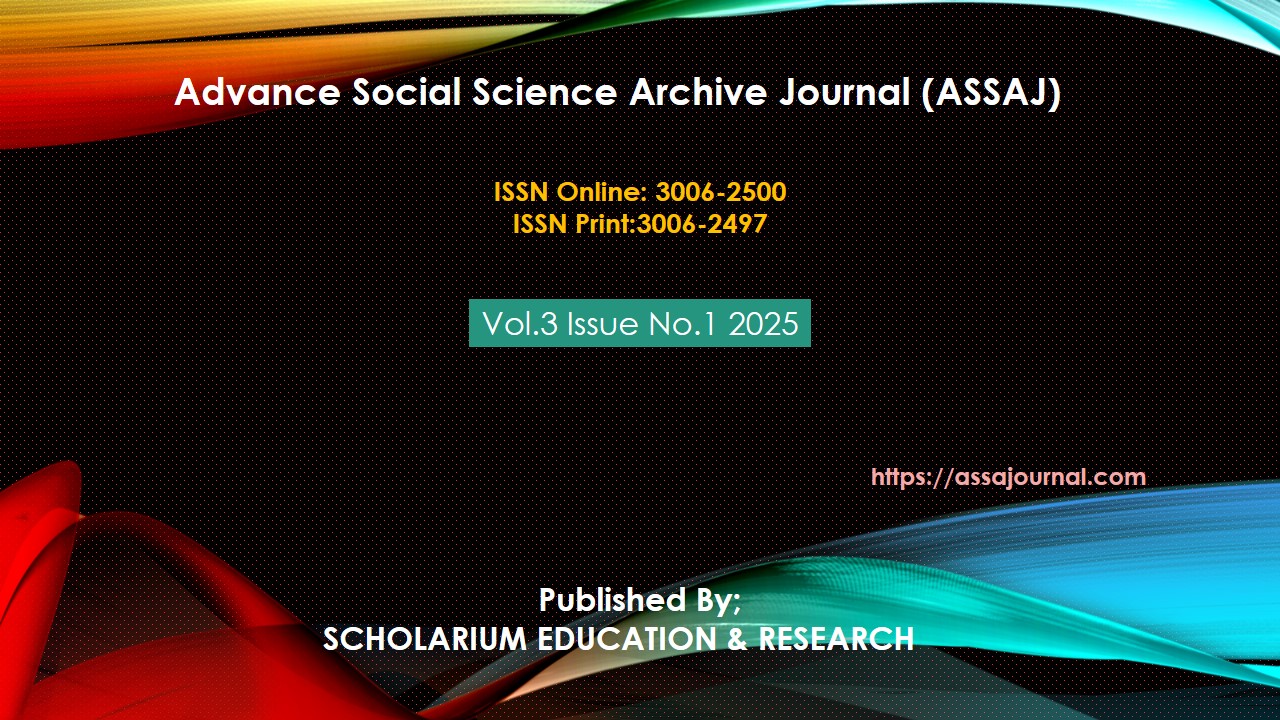THE PARLIAMENTS OF NEPAL AND PAKISTAN: A COMPARATIVE ANALYSIS OF STRENGTHS AND WEAKNESSES
Abstract
A parliamentary government is a system where the executive branch is drawn from and accountable to the legislative branch. The head of government, typically a prime minister, executes the decisions of the legislature. This article presents a comparative analysis of the parliamentary governments of Pakistan and Nepal, two South Asian nations with distinct political histories and systems. Through a qualitative research methodology, employing a case study approach and content analysis of constitutional provisions, legislative documents, and expert opinions, this study identifies the similarities and differences between the two parliamentary systems. The results reveal that while both countries have adopted the Westminster model of parliamentary democracy, significant variations exist in the exercise of executive authority, legislative oversight, and judicial independence. The study concludes that despite challenges and limitations, both countries can learn from each other's experiences and adopt best practices to strengthen their parliamentary institutions, promote democratic governance, and ensure the rule of law.
Keywords: parliamentary government, legislature, Pakistan, Nepal, judiciary and executive.





